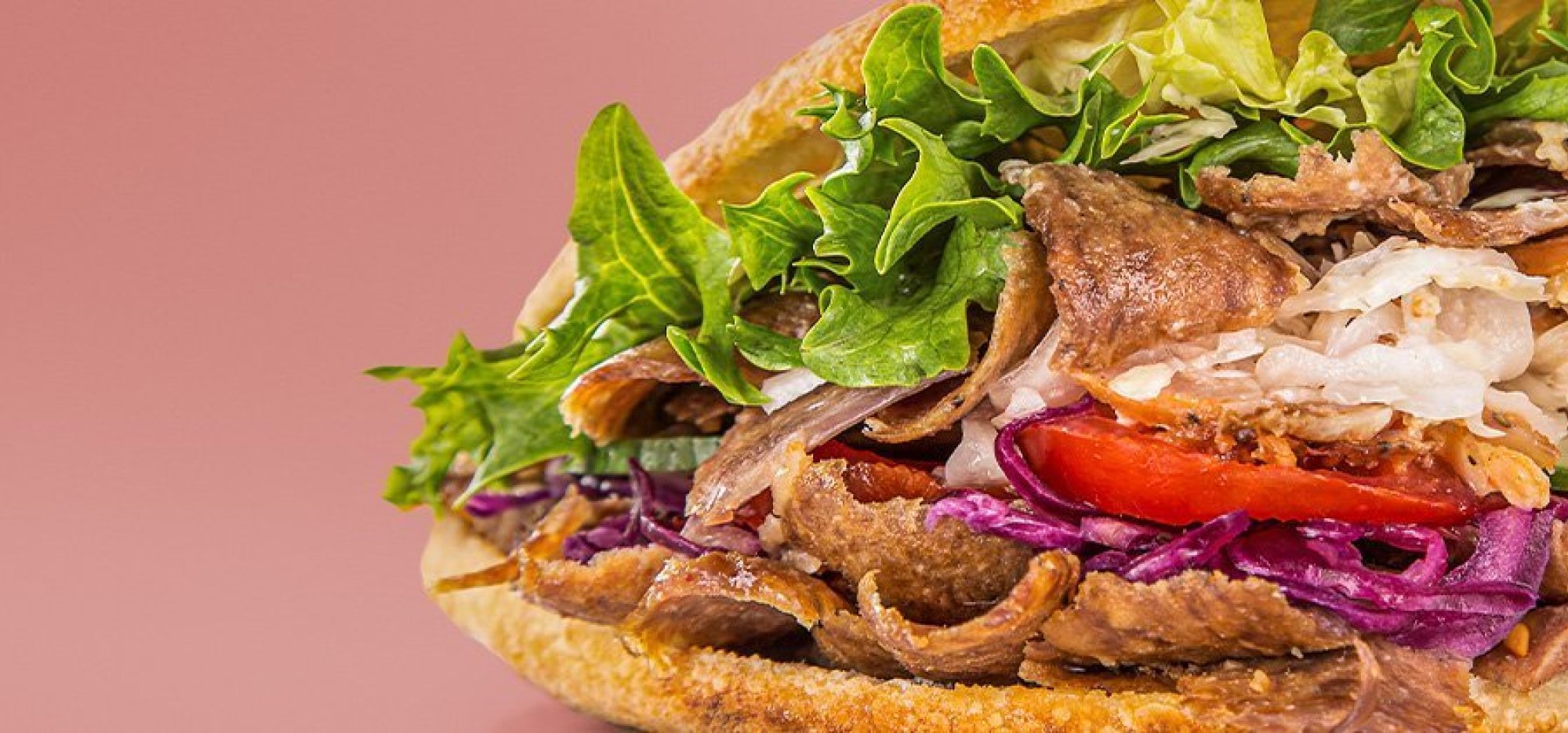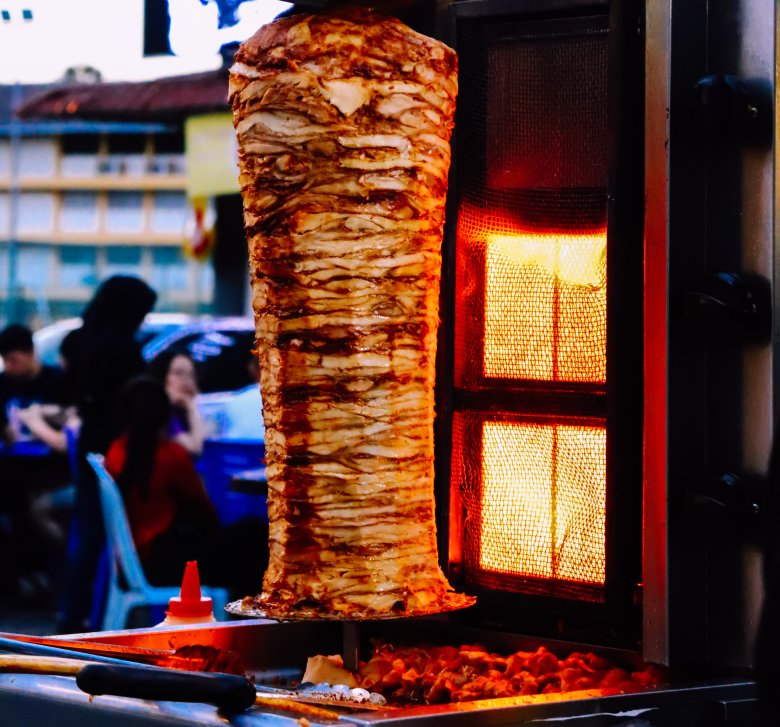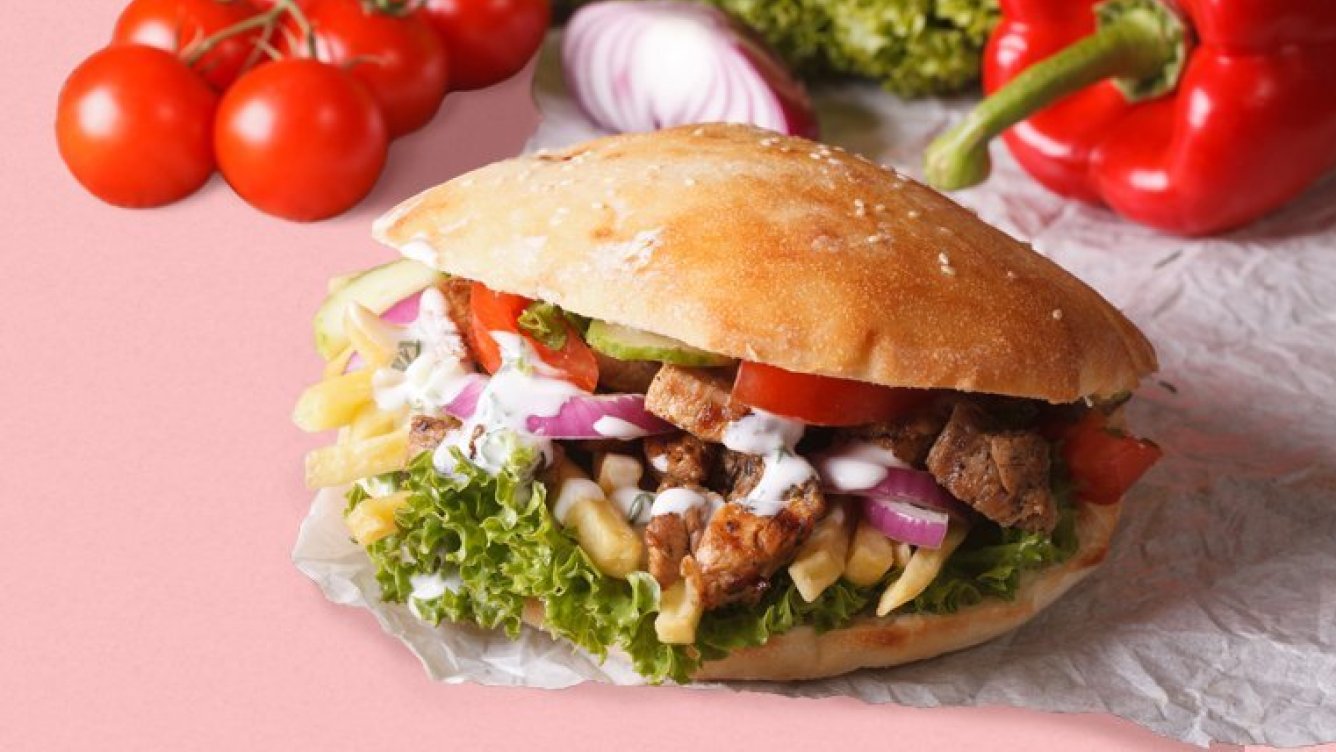Why you crave a kebab after drinking alcohol
Who hasn't been there? After a few drinks at your favorite bar, a late-night trip to the kebab shop is practically inevitable. But why does our stomach crave a kebab so much after drinking alcohol? Well, it's not just the appeal of the spicy meat and fresh sauce—there's real science behind it! Alcohol causes our brain to switch into “hunger mode” by activating certain neurons that normally tell us it's time to eat. And what could be better than a juicy kebab with all the trimmings to satisfy our craving for fat, salt, and carbohydrates?
But it's not just biology at work here. Kebab stands are usually strategically located near nightclubs and bars – like beacons for hungry night owls. After a few glasses of wine or beer, our taste buds seem to develop a preference for anything fatty and salty, and that's where the kebab comes into its own. It's quick, tasty, and hits the spot when it comes to late-night cravings. Not to mention, it's also a little hero when it comes to replenishing the salt lost through alcohol.
In short, the kebab is the undisputed king of late-night snacks. It satisfies our alcohol-induced cravings and has secured a permanent place in our late-night routine and our hearts. After a night of partying, the trip to the kebab shop has almost become a cultural ritual.


